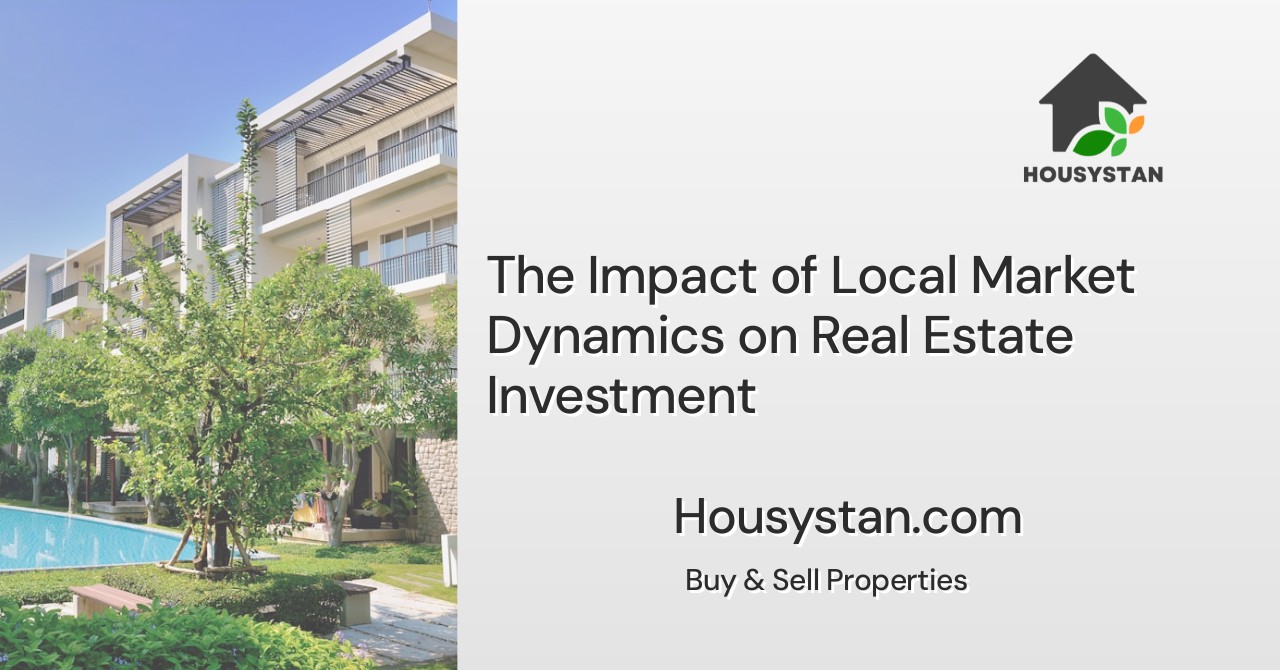The Impact of Local Market Dynamics on Real Estate Investment
Read latest blogs and articles from Housystan

The Information mentioned here was last updated on:
14/12/2025The impact of local market dynamics on real estate investment is a crucial factor that every investor should assess before making decisions. Understanding how regional trends shape opportunities and risks empowers investors to maximize returns and minimize losses. Each city, town, or neighborhood has distinct economic drivers, population changes, and infrastructure developments that influence property values and rental yields. By focusing on these unique characteristics, real estate investors in areas like Austin, Miami, or Denver can uncover growth potential that national averages often overlook.
Local employment rates, new business openings, and shifts in population density all contribute to property demand. For instance, when a tech company establishes headquarters in a city, the resulting job creation tends to increase housing demand, pushing up prices and rents. Similarly, improvements in transportation, such as new highways or public transit expansions, often make previously less-desirable areas more attractive, leading to appreciation in real estate values. Investors who monitor city council announcements, economic reports, and demographic statistics gain a competitive advantage by anticipating these changes.
Another key local market dynamic is supply and demand balance. In regions where housing is scarce but demand remains strong—like San Francisco or Manhattan—property investments tend to appreciate faster. Conversely, markets with an oversupply of homes may experience slower growth or even depreciation. By studying building permits, zoning changes, and construction trends, investors can assess future supply and adjust strategies accordingly.
- Verified Tenants/Buyers
- Unlimited Property Listing
- Zero subscription/charges fee
Seasonality and climate also affect regional real estate performance. Coastal cities may see fluctuations due to tourism, while areas prone to hurricanes or wildfires require additional risk considerations. Local government policies, such as tax incentives or rent control laws, further shape the investment landscape. Staying informed about these regulations is essential for long-term success.
Ultimately, real estate investment thrives on local knowledge. Leveraging insights from neighborhood trends, economic shifts, and community developments allows investors to identify the most promising opportunities. Whether targeting established urban centers or emerging suburbs, understanding and responding to local market dynamics ensures smarter, more profitable investments in today’s competitive real estate environment.